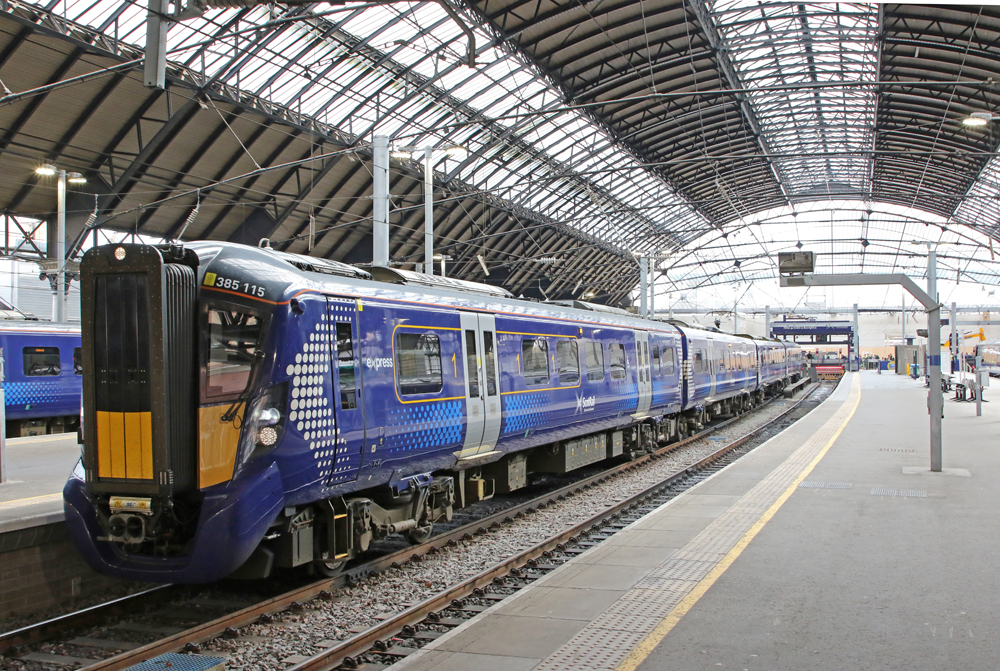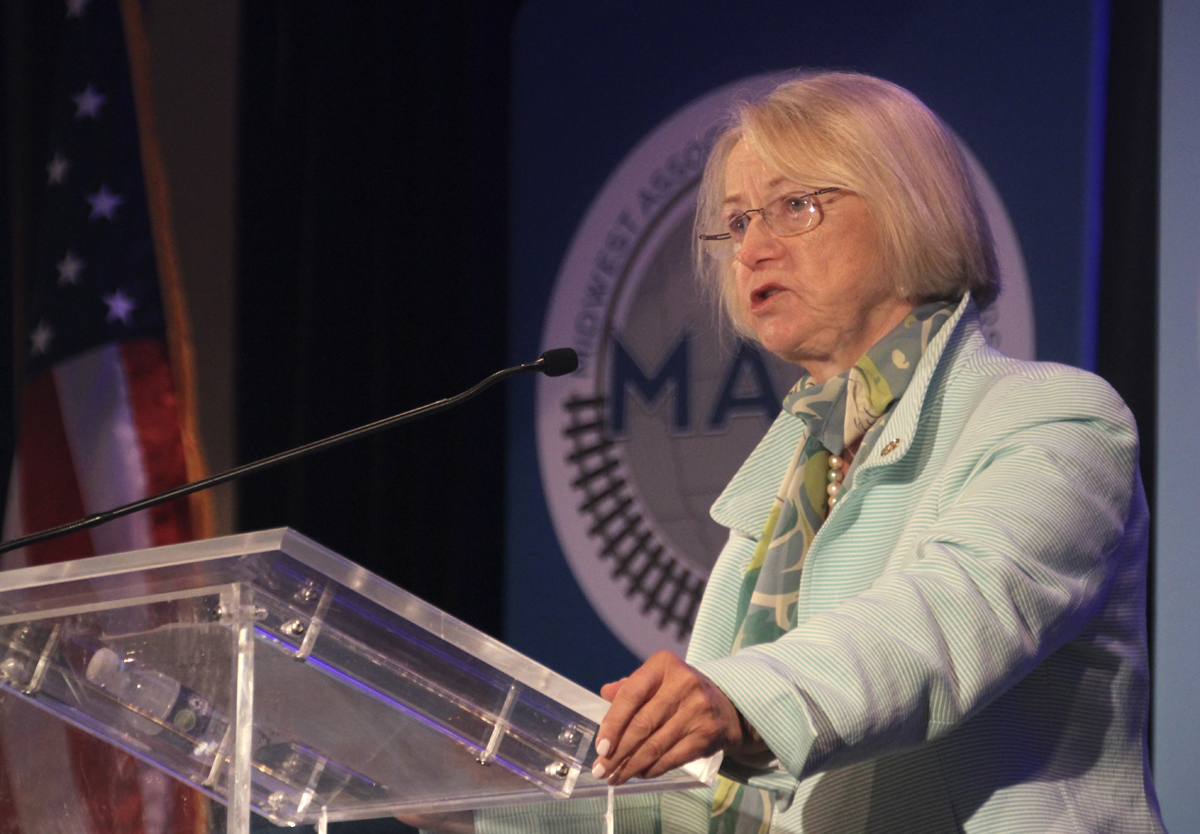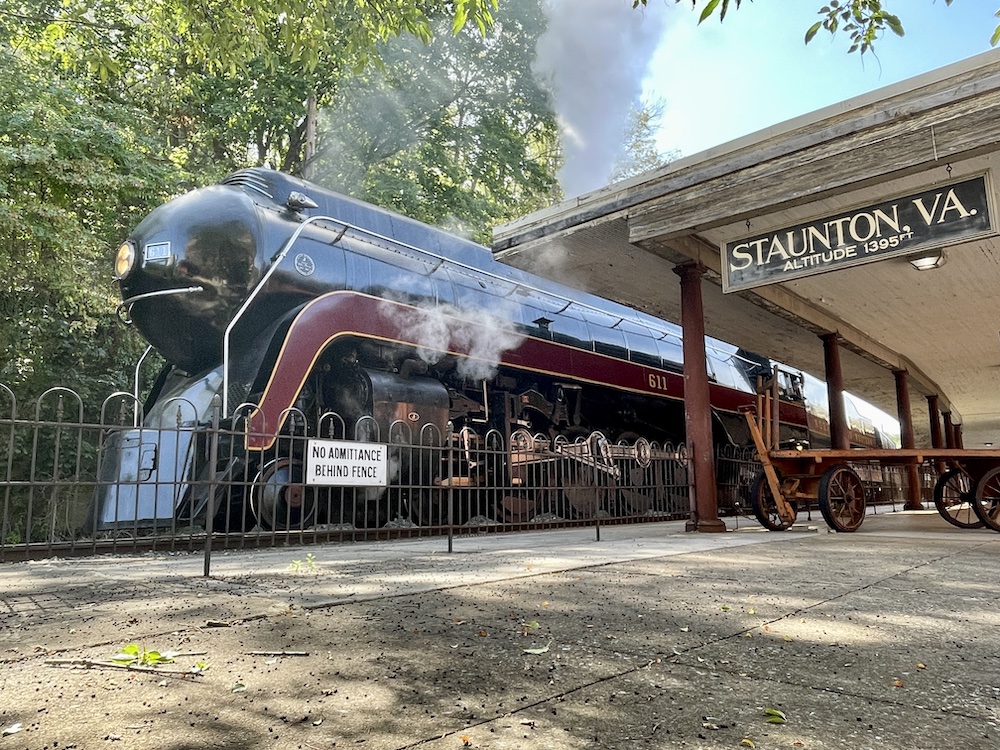
The Scottish government in Edinburgh has announced it will create a company to take over operation of almost all passenger trains in Scotland from next year. The Scottish rail network, which has been branded Scotrail since the 1980s, is currently run by Abellio, the international division of Dutch Railways, which also operates rail services in England and Germany. Abellio had failed to meet several performance targets prior to the COVID-19 pandemic and had been told its contract would not be extended in late 2019.
Since privatization of Britain’s railways, in the 1990s the Scotrail network had been operated as a franchise with British private firm National Express responsible from 1997 to 2004, and Scottish-based First Group from 2004 until 2015, when Abellio took over. The Scottish government has been directly responsible for railways in the country since 1999 and has invested heavily, reopening several lines and electrifying many of the busiest routes.
The Scottish government’s decision to end the franchising approach is no surprise, as the system has already been formally dropped in neighbouring England and Wales. Unlike England where the British government controls most rail contracts, which it wants to turn into simpler concession arrangements with private operators [see “British government announces end for rail franchise system,” Trains News Wire, Oct. 12, 2020], the Scottish and Welsh governments have decided to create new government owned train operators.

In Wales, the new government-owned operator started business in February 2021 with the existing train fleet, personnel, and largely the same management. It had been established in just a few weeks, as the previous contracts were no longer viable due to the impact of the pandemic. In Scotland, the new government operator will have a year to get established as it will not take over until March 2022.
Some passenger rail services linking Scotland to England are operated by several other companies under contract to the government in London. The Caledonian Sleeper overnight trains linking London with Scottish cities remains a separate private operator for now, although industry sources suggest it too will be merged into the new government-run Scotrail, as it is being heavily subsidized by Scottish government funding thanks to COVID.
Other privately run trains aimed at tourists, such as the Royal Scotsman tour train or the Jacobite steam service from Fort William, are not affected by the changes to Scotrail.














Maybe Japan Rail (JR) can run Amtrak.
Charles, I worked with many civil’s, was an overhead crane maintainer in a large steel mill, also retired 7 1/2 years ago. They do have a habit of rubbing off on you, even for us electricians, scary!
I have seen many interesting retrofits around Scotland’s stations for accessibility.
I was staying in this motel in Dundee debating the merits of the FN protesters blocking the CN last year. Please take the time if you can to look up the reconstruction of the Dundee station and hotel, it is quite a project.
Charles,
They have just finished rebuilding Glasgow Queen Street station, did a wonderful job considering they had to keep all the trains operating, was partly due to the need to accommodate the new electric trains. The Dundee station was also replaced with a new station / motel complex. You may be interested as a civil eng at looking at the project, video and pics on line. They erected all the steel for a five storey motel across the road in two halves and picked it up with mobile cranes and swung it across the road and walked it into position, could not due the erecting above the rail.
JIM – My reputation as a civ eng goes b4 me. If you may have noticed from a previous post of mine, you must be one yourself! … I retired 9.5 years ago…. Let’s talk about one of the zillion stations on the British network. Alnmouth, in Northumberland County. This is where I got off a train bound for Edinburgh as the last valid station on my England-only railpass. Normally that would be Berwick, but for some reason the train didn’t call at Berwick so Alnmouth was the last stop in England.
A footbridge was being built across the tracks with stair/ elevator towers (like Sturtevant, Wisconsin) for disabled access. Now if you multiply Alnmouth times the number of rutal stations, that’s a lot. The urban stations which are already built up .. think Bristol Temple Meads or Birmingham … figure out the retrofit for disabled access for those! (We won’t get into the London underground – not only are the platforms inaccessible, there’s a step up from the platform onto the train.)
The British are finally admitting that their privatization has been a colossal failure. There have been repeated bankruptcies (including one of the track owning entity within a few years of it starting) and the whole thing has been a mess for passengers as well as governments.
MIKE – I see your point. Your overall point is valid even if your term “colossal failure” is a bit much. Rather than “colossal failure” I’d call British privitization a limited success. Where the various operating companies meet each other – typically mid-country points such as Birmingham and York – it’s pretty amazing how well it does work. The passenger can jump on the next train regardless of operator and the pass or the ticket is valid – as are the schedules posted on line. Trains are frequent, reasonably fast, clean, reasonably comfortable, and very well patronized (pre COVID obviously). You really can “get there from here”. If that’s a “colossal failure” what term would you use for Amtrak in Cleveland, Atlanta or Denver, let alone Nashville, Columbus or Las Vegas.
I’d call VIA Rail Canada a “colossal failure”. I’d call Amtrak a predominant failure. Passenger rail in Britain has its problems – quite minor compared to ours – and these problems are being addressed.
Just for the record…. When you say ‘The passenger can jump on the next train regardless of operator and the pass or the ticket is valid’ that is true for the full-price government-price-controlled ticket. These are the highest ‘basic’ rail fares in Europe. Most people prefer to go along with the operators’ own discounted tickets which not only are invalid on competitors’ services but also ineligible for the operator’s other trains, which can run half-hourly over a 300-mile journey. Anyone on the ‘wrong’ train is charged the full-price fare again, on top of the fare already paid.
Amtrak and Via Rail Canada fail to restore the grandeur and extensive network of passenger train travel. However, Scotland is more supportive than America and Canada of its passenger trains including restoring closed routes.
PENELOPE – I’m not real big on Scotland’s slo-mo divorce from England. The network of trains – passenger and freight – doesn’t stop at the border. England and Scotland are part of the same country – for now anyway.
I’ve not been to Scotland. I’ve ridden trains in England, including a train bound for Edinburgh but I got off the last stop before the border as my railpass was for England only. I think the world of British trains. If these reforms will make them even better, that’s wonderful.
Many of the stations are old and tired, designed and built long before anyone ever heard of disabled access. That will take decades to fix – a process that has been started.
Love ScotRail, looking forward to being able to get back.
It’s ScotRail, not Scotrail.
Glasgow-Edinburgh service runs at subway style intervals.
“It’s ScotRail, not Scotrail.”
IOW spelled in CamelCase.
What’s CamelCase, you ask?
https://en.wikipedia.org/wiki/Camel_case